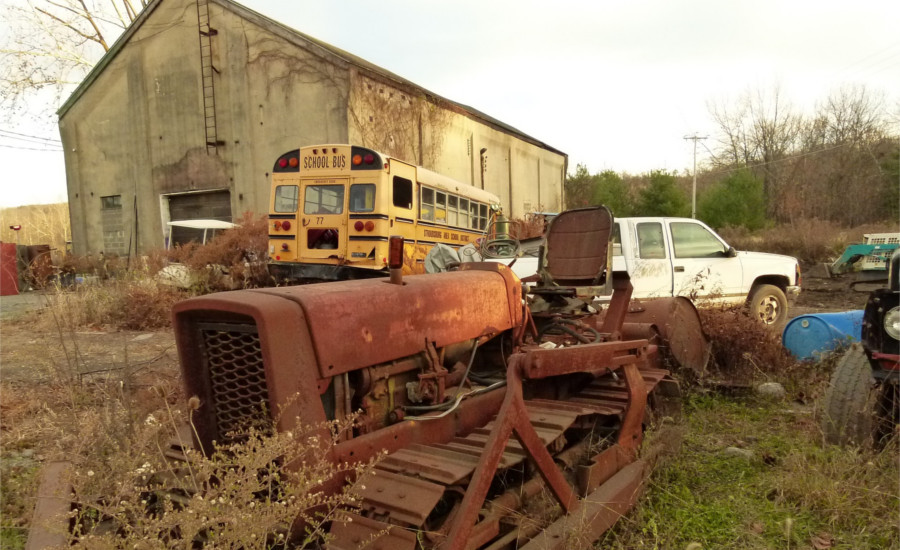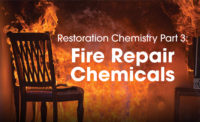Hoarding - A Problem Through the Ages

Hoarding is now recognized by the medical community as a psychological disorder. It appears to be more prevalent in first world nations as compared to more impoverished areas of the globe. While it has only recently been defined and studied as an illness (mostly in the last 20 years), it has been recognized as a problem for nearly a millennium. In middle age Europe, hoarders were known as "misers". Dante's “The Inferno” has hoarders occupying the fourth ring of hell, existing in a constant struggle against profligates who cannot hold on to anything. Whether it is a mental disorder, spiritual problem, or both, hoarding tends to result in people who are withdrawn and isolated from society.
The advent of high-rise buildings has increased the risk that hoarders pose. In their own single family dwelling, the hoarder’s penchant for saving all manner of items, useful and useless, has negative effects on them and their closest family/acquaintances. In multi-family structures hoarders pose a risk not only to themselves, but to their neighbors. Several high-profile fires in multi-story buildings around the world have been attributed to hoarders. The amount of combustible material, inability of first responders to move throughout the structure when trying to address a problem, and the additional stress that the weight that the hoarded material places on the load bearing members of the structure (particularly when saturated with water from the firefighting effort) are all serious safety concerns.
Given all this, it is likely that more cases of hoarding will be identified at earlier stages. The trend, in both the US and Australia, is to move aggressively with doctors and the courts to get individuals the medical and psychological help that they need, as well as addressing the buildup of materials. This is where trained cleaning and restoration contractors can be invaluable. Hoarder cases typically require a combination of skills, including content management, disposal services, disinfecting, cleaning, and often mold remediation. Although these skill sets and experience with such activities are common among the staff members of cleaning and restoration organizations, putting them all together to address a hoarder situation can be a bit tricky. One of the most challenging aspects of dealing with hoarder cases is the fact that the cleaning and restoration contractor has to balance the interest of a number of materially involved parties, including the hoarder, family members, court-appointed guardians, safety and health officials, doctors, psychologists, social workers, and others. Understanding who has the ultimate responsibility for allowing work to move forward or how to address potentially valuable items that are uncovered during the restoration of a hoarding facility needs to be sorted out before the project begins. Another key point is to realize that because of the many potential physical and health dangers associated with hoarders, such projects are considered to be forensic restoration work and should be conducted in conformance with the guidelines produced last year by the Restoration Industry Association (RIA).
The actual work of assisting hoarders in reclaiming their lives typically involves individuals who can tolerate wearing personal protective equipment (PPE) for extended periods of time, are physically fit so they can move the various items, and have an eye for detail so that they don't miss the jewelry, cash, collectibles and other valuables that are buried in the pile. Generally, cleaning and restoration contractors are best situated to handle hoarding situations because they not only have the ability but the heart to complete projects properly. They are used to dealing with individuals who are suffering through some of the most devastating situations in their lives, and for hoarders, the removal of their "precious possessions" is just as traumatic as a major fire or flood is for other clients.
For more information, visit https://www.wondermakers.com/
Looking for a reprint of this article?
From high-res PDFs to custom plaques, order your copy today!









